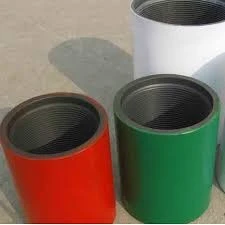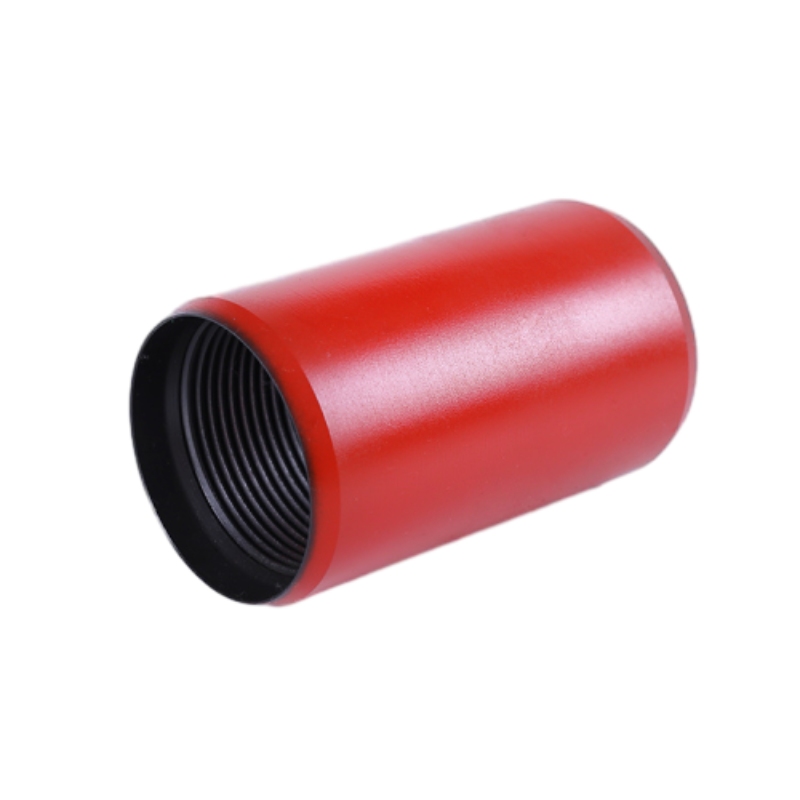- Afrikaans
- Albanian
- Amharic
- Arabic
- Armenian
- Azerbaijani
- Basque
- Belarusian
- Bengali
- Bosnian
- Bulgarian
- Catalan
- Cebuano
- Corsican
- Croatian
- Czech
- Danish
- Dutch
- English
- Esperanto
- Estonian
- Finnish
- French
- Frisian
- Galician
- Georgian
- German
- Greek
- Gujarati
- Haitian Creole
- hausa
- hawaiian
- Hebrew
- Hindi
- Miao
- Hungarian
- Icelandic
- igbo
- Indonesian
- irish
- Italian
- Japanese
- Javanese
- Kannada
- kazakh
- Khmer
- Rwandese
- Korean
- Kurdish
- Kyrgyz
- Lao
- Latin
- Latvian
- Lithuanian
- Luxembourgish
- Macedonian
- Malgashi
- Malay
- Malayalam
- Maltese
- Maori
- Marathi
- Mongolian
- Myanmar
- Nepali
- Norwegian
- Norwegian
- Occitan
- Pashto
- Persian
- Polish
- Portuguese
- Punjabi
- Romanian
- Russian
- Samoan
- Scottish Gaelic
- Serbian
- Sesotho
- Shona
- Sindhi
- Sinhala
- Slovak
- Slovenian
- Somali
- Spanish
- Sundanese
- Swahili
- Swedish
- Tagalog
- Tajik
- Tamil
- Tatar
- Telugu
- Thai
- Turkish
- Turkmen
- Ukrainian
- Urdu
- Uighur
- Uzbek
- Vietnamese
- Welsh
- Bantu
- Yiddish
- Yoruba
- Zulu
Casing Connections and Couplings for Efficient Drilling Operations
Casing Threads and Couplings An Overview of Their Importance in Oil and Gas Operations
In the oil and gas industry, the extraction of hydrocarbons from beneath the Earth’s surface relies heavily on advanced technology and engineering solutions. Among these solutions, casing threads and couplings play a crucial role in ensuring the integrity, efficiency, and safety of drilling operations. Understanding the significance of these components, as well as their design and manufacturing processes, is essential for professionals in the field.
What are Casing Threads and Couplings?
Casing threads refer to the specific design of threads found on the ends of casing pipes used during the drilling process. These pipes are typically made of steel and serve to stabilize the borehole, protect it from collapse, and prevent contamination of groundwater. Couplings, on the other hand, are the components that connect two casing strings together. They act as adapters and are crucial for maintaining the pressure integrity of the wellbore.
The relationship between casing threads and couplings is fundamental. Threads need to be precisely manufactured so that they can interlock securely with couplings, creating a tight seal that can withstand the immense pressures encountered during drilling and production.
Importance of Thread Design
The design of casing threads is vital for numerous reasons. First, it must allow for easy installation and removal during the drilling process. This means that the threads should provide a strong grip but also allow for the necessary torque to connect and disconnect the pipes. Second, they need to be robust enough to endure the stress and strain of drilling operations, which can include high temperatures, high pressures, and corrosive environments.
Different types of thread designs exist, such as parallel threads, tapered threads, and premium thread designs. Each design has unique advantages and is chosen based on the specific requirements of the drilling application. For example, premium threads often provide better sealing capabilities and resistance to external damage, making them suitable for high-pressure wells.
casing threads and couplings

Materials and Manufacturing Processes
The manufacturing of casing threads and couplings involves high-quality materials and rigorous engineering standards. Casing pipes are typically made from carbon steel or alloy steel, both of which are chosen for their strength and resistance to corrosion. The thread forms on these pipes are usually created through processes such as machining or rolling, ensuring accuracy and consistency.
Couplings are manufactured with precision to ensure a perfect fit with the casing threads. Quality control is essential in this process, as any discrepancies can lead to leaks or failures, potentially resulting in costly downtime and safety hazards.
Challenges and Innovations
Despite advancements in technology, the casing and coupling industry faces numerous challenges, including the need for enhanced performance under extreme conditions, such as deep-water drilling or unconventional gas production. There is an ongoing research and development effort aimed at creating new materials and thread designs that can withstand these challenging environments. Additionally, as environmental regulations become more stringent, the demand for eco-friendly practices in manufacturing and operations is increasing.
Innovations such as the development of smart couplings that can monitor pressure and temperature in real-time are revolutionizing the industry. These technologies not only improve safety and operational efficiency but also enable better data collection for future projects.
Conclusion
Casing threads and couplings are fundamental components in the oil and gas industry, playing a critical role in the safety and efficiency of drilling operations. As the industry continues to evolve, the focus on improving the design, materials, and technologies associated with these components will be paramount. Understanding their complexities and innovations not only benefits industry professionals but also contributes to the overall advancement of safe and sustainable energy extraction practices. The challenges faced in this sector serve as an impetus for continual improvement and innovation, ensuring that the industry can meet the demands of the future.
-
Tubing Pup Joints: Essential Components for Oil and Gas OperationsNewsJul.10,2025
-
Pup Joints: Essential Components for Reliable Drilling OperationsNewsJul.10,2025
-
Pipe Couplings: Connecting Your World EfficientlyNewsJul.10,2025
-
Mastering Oilfield Operations with Quality Tubing and CasingNewsJul.10,2025
-
High-Quality Casing Couplings for Every NeedNewsJul.10,2025
-
Boost Your Drilling Efficiency with Premium Crossover Tools & Seating NipplesNewsJul.10,2025







